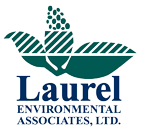LAUREL ENVIRONMENTAL ASSOCIATES, LTD.
53 West Hills Road,
Huntington Station, NY 11746
(800) 453-0578
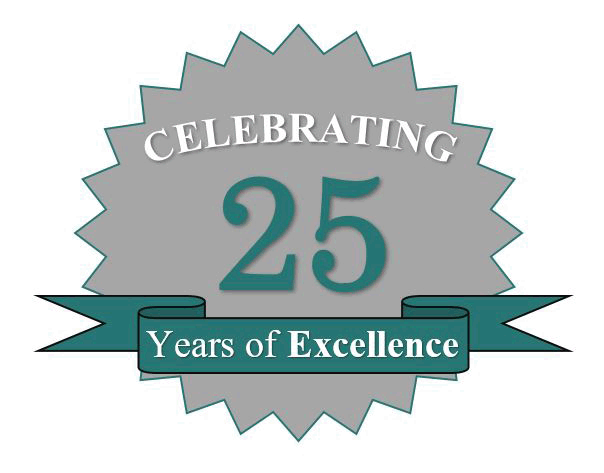
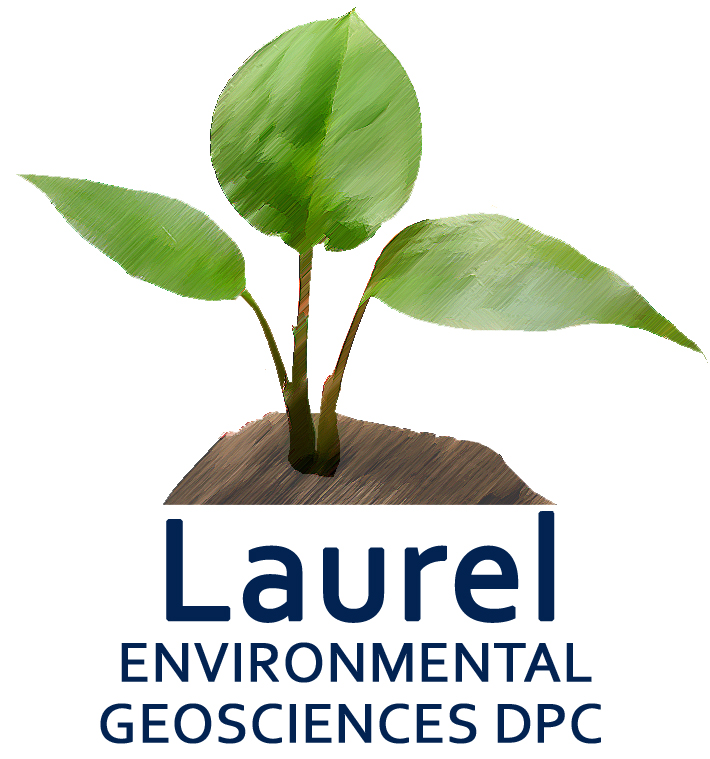
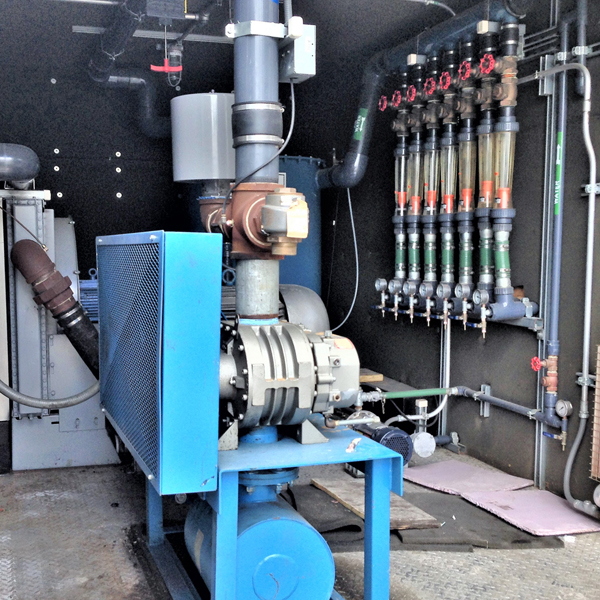
Soil / Groundwater Remediation
According to the New York State Department of Environmental Conservation (NYSDEC), every year there are approximately 16,000 reports of confirmed and suspected releases to the environment. Approximately ninety percent of those releases involve petroleum products. The remaining releases involve various hazardous substances, unknown materials, or other materials such as untreated sewage and cooking grease. In most cases, the United States Environmental Protection Agency (USEPA), State Agency and/or local agencies will oversee the spill cases from the initial spill report to closure. Accidental and intentional releases that have impacted soil and/or groundwater can pose a significant human, wildlife and environmental health threat and can often require significant time and finances to remedy.
The first step of a petroleum spill remediation project is to determine remedial action objectives and goals. Gathering background information such as the extent and nature of contaminant(s) and hydrogeological characteristics of the site are necessary to maximize the potential for successful remediation. If feasible, the majority of source contamination in accessible dry and saturated soils is excavated and disposed of off-site at a waste treatment or disposal facility. In many cases, resultant groundwater contamination may be too deep or impractical to excavate. In such cases, groundwater contamination is commonly treated on-site ex-situ by means of pump and treat-type systems, and/or in-situ (in place) by means of technologies such as air sparging, vapor extraction, drawdown pumping/capture zones, natural degradation, enhanced bioremediation and permeable reactive barrier systems.
If reducing contaminant levels to the traditional Local, State or Federal remedial goals is not practical, Engineering or Institutional Controls can be implemented to eliminate or minimize the potential for human exposure and further environmental impacts. Common Engineering Controls include vapor barrier systems and sub-slab depressurization systems, while Institutional Controls limit the nature of future site usage (i.e. day care, school, hospital).
Spill closure and remediation projects can be highly complex and require forward thinking and experience. Please contact us to discuss your particular needs.
Services Include:

review of federal, state and local databases
determine if the subject site or any sites up to a one mile radius of the subject site are listed

A site specific study
of the pertinent geologic, hydrogeologic conditions and hydrologic data found at the site

Written report of findings
clearly lay the groundwork for additional study, if warranted.
If contamination is discovered, LAUREL can design and optimize an economical mitigation plan that is environmentally sound. In some cases, early implementation of a proactive remedial strategy will permit a property transaction to move forward while a clean-up is in progress.
Phase II Soil / Groundwater Testing
When there is suspicion of contaminated soil or contaminated groundwater at a site, sampling and analysis must be completed to confirm the presence or absence of the suspected contaminants. This is achieved through the installation of groundwater monitoring wells and sampling of soil from cores.
The validity of the results obtained through this sampling relies heavily on the proper placement of monitoring wells and soil borings, though the placement is largely subjective. It is therefore important for a highly skilled scientist to conduct research on site history and visual reconnaissance in formulating a plan, and final decision of proper placement of the monitoring wells and borings to obtain relevant samples.
Whenever possible, LAUREL makes every effort to limit costs, damage to property and especially disruption of business, through the use of the latest state of the art drilling and sampling equipment available.
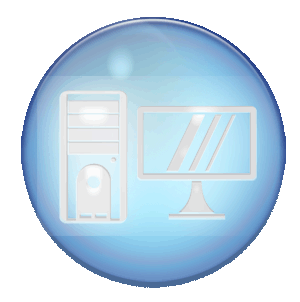
DATA COLLECTION
Correct media sampling methods are just as important as proper well installations and sampling point decisions. Utilizing the correct sampling equipment and decontamination techniques, LAUREL ensures that no cross contamination has occurred. Without exception, only properly trained and certified staff collect samples.
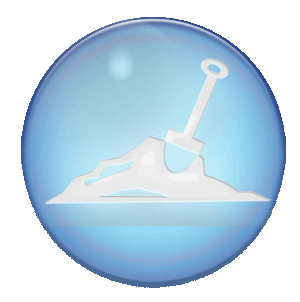
SOIL BORINGS AND MONITORING WELL INSTALLATIONS
When there is suspicion of contaminated soil or contaminated groundwater at a site, sampling and analysis must be completed to confirm the presence or absence of the suspected contaminants. This is achieved through the installation of groundwater monitoring wells and sampling of soil from cores.
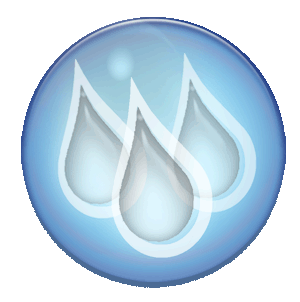
GROUNDWATER/SOIL SAMPLING AND ANALYSIS
Groundwater depths and product thicknesses are determined using an oil/water interface probe. Wells are developed using a bladder pump, to a turbidity (a measure of the silt present in water) of 50 nephelometric units (NTU's), or less to ensure proper hydraulic connection with the surrounding aquifer.
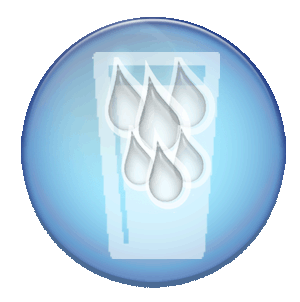
DRINKING WATER SAMPLING AND ANALYSIS
Lorem ipsum dolor sit amet, at duo affert homero incorrupte, vis eripuit accusata ut, wisi reprehendunt cum in. Te facete accumsan quo. Simul dolor eos te, ad possit adipiscing pri.
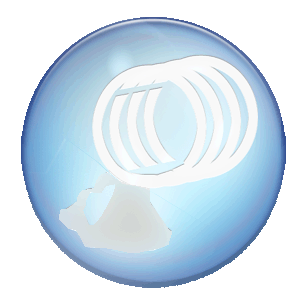
SLUDGE
SAMPLING
LAUREL has found that septic systems, and industrial and storm water leaching pools are often receptors of significant contamination at any given property. By design, these systems leach as much water as possible into the ground.
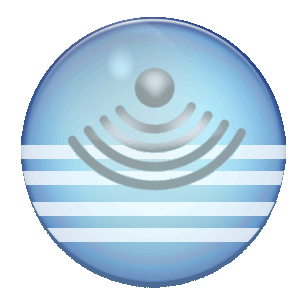
GEOPHYSICAL SURVEYS
LAUREL conducts geophysical surveys to aid in the discovery of underground storage tanks, buried drums, fill material, unexposed drywells and large scale subsurface hydrocarbon contamination with no excavation or drilling necessary.
BROWNFIELD REDEVELOPMENT
When there is suspicion of contaminated soil or contaminated groundwater at a site, sampling and analysis must be completed to confirm the presence or absence of the suspected contaminants. This is achieved through the installation of groundwater monitoring wells and sampling of soil from cores.
The validity of the results obtained through this sampling relies heavily on the proper placement of monitoring wells and soil borings, though the placement is largely subjective. It is therefore important for a highly skilled scientist to conduct research on site history and visual reconnaissance in formulating a plan, and final decision of proper placement of the monitoring wells and borings to obtain relevant samples.
Whenever possible, LAUREL makes every effort to limit costs, damage to property and especially disruption of business, through the use of the latest state of the art drilling and sampling equipment available.
MORE ENVIRONMENTAL SERVICES
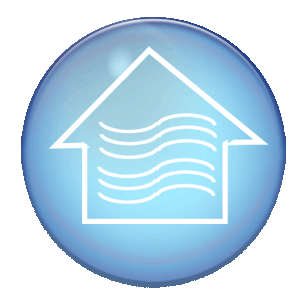
Indoor Air Quality Studies
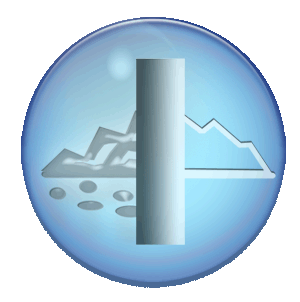
Soil / Groundwater Remediation
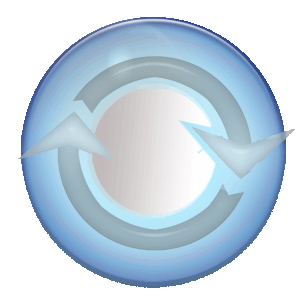
Brownfield Redevelopment
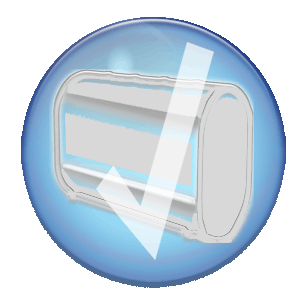
Tank Removal, Installation, Testing, Design and Permitting
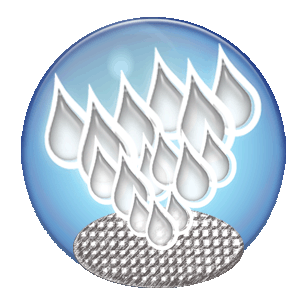
Underground Injection Control (UIC) Program
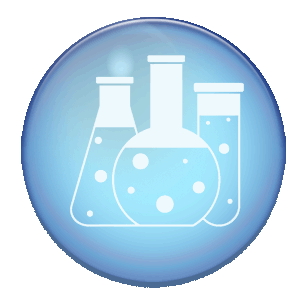
Lead and Asbestos Testing and Operations and Maintenance (O & M) Programs
Contact Us
© 2019 Laurel Environmental Geosciences D.P.C.
Website by Factxback.com Websites and Videos
